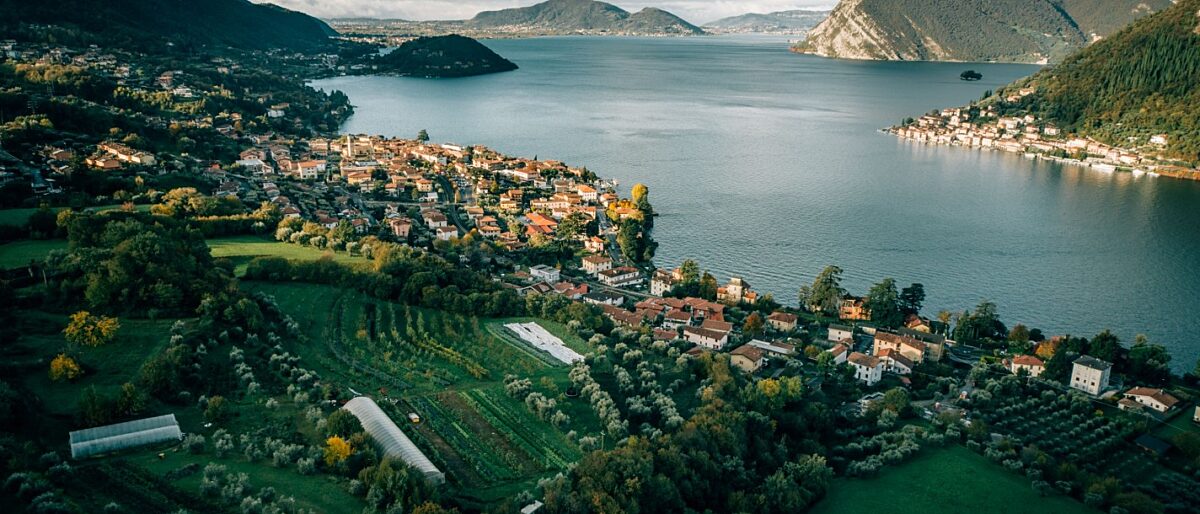
What is Regenerative Agriculture?
Regenerative agriculture is a system of farming principles and practices that increases biodiversity, enriches soils, improves watersheds, and enhances ecosystem services. Resulting in increased yields, increased resilience to extreme weather events and climate change, and higher health and vitality for the rural communities.
Regenerative agriculture works according to a whole ecosystem approach, meaning aiming to work with nature instead of against it. For farm management decisions the whole farming ecosystem is considered. All the stakeholders that are affected are also taken into consideration and mutually beneficial relationships are established between them.The farm is a dynamic environment and continuous improvement and growth is pursued to utilise the full potential of the farm, community and individuals.
The most important aspect of regenerative agriculture is soil health in a holistic agro-ecosystem. In the end your soil is the most valuable asset of the farm. If you take care of your soil, it will take care of you. Minimizing soil disturbance by adopting conservation tillage and minimizing chemicals and biological activities are fundamental practices of regenerative agriculture. Large amounts of CO2 are released during ploughing activities and at the same time the soil is exposed to erosion.
Some of the key techniques that are being used in regenerative agriculture to increase soil health are no tillage, cover crops, increasing biodiversity, rotation cropping, attracting natural predators of pests and integrating livestock.
